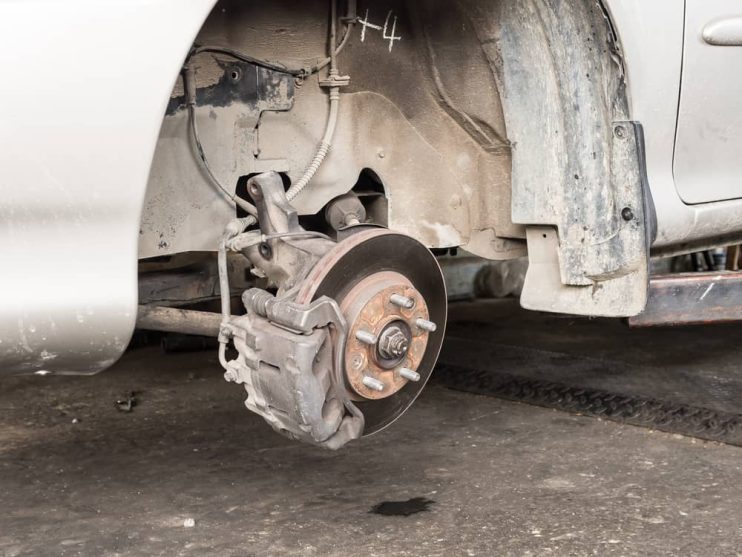
Brake fluid is an essential part of your car’s braking system. It is used to transfer the pressure from the footbrake into movement that in turn applies your car’s calipers to the disc brake. The first sign that you might have a leak within your brake fluid system is usually therefore indicated by the responsiveness of the footbrake pedal.
If you start to notice that the pedal does not feel quite right, or that it is slightly spongy and taking longer to return to its normal position than usual, this is often the first sign that you have a problem. If the problem is particularly severe your pedal may even become stuck in the foot-down position. If this is the case it is time to check your brake fluid system and locate the leak.
1. Look for Brake Fluid Leaks
Place newspaper underneath the front of the car and pump the brake pedal when the car is stationary. If the leak is within the pipes this will cause brake fluid to appear on the newspaper, revealing the rough location of the fault within your engine. If this is coming from the wheel, it may be the case you will have to remove the whole wheel to locate the problem. Otherwise you are looking at either a problem within the pipes themselves or a leak from the master cylinder, which will mean you need to replace some of these parts.
2. Check the Brake Fluid Pipes
Metal pipes are used in the brake fluid system due to the pressure generated by the braking process. These are usually quite easy to find, as they will be connected to the master cylinder that sits on the bulkhead of the car. There is one pipe for each wheel on the car, which means that these metal pipes have to run under the engine near the base of the car and are thus prone to the corrosion created from salt, grit and rainwater on the road’s surface. Check any area on the brake pipes that is showing signs of rust by gently rubbing it with a piece of sandpaper. If the pipes show any thinning then they should be replaced immediately.
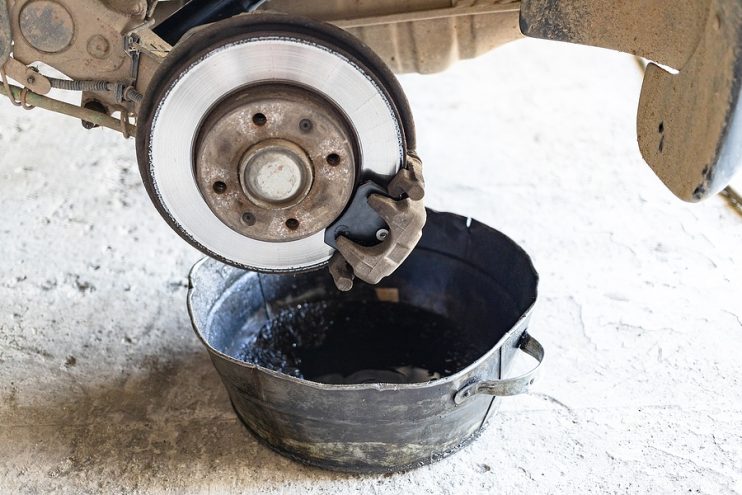
3. Inspect the Callipers
If the leak is not within the pipes, the next place to check is the piston on the calliper. The seals on this part can leak brake fluid and you will need to check any pipes that go into the piston, as these parts are especially prone to cracking. Inspect the body of the callipers. If there is any kind of moisture on them that looks like a concentration of water, then this is a good indication there is fluid leaking from the unit. It is possible to rebuild the callipers on some cars, but this is a job that will require you to take your vehicle to a commercial garage.
4. Assess the Condition of the Master Cylinder
The final part of you inspection braking system is to investigate the condition of the master cylinder. This is the reservoir in which the brake fluid is stored. If you cannot find any leaks or damage on the pipes or on the wheels, yet the brake pedal is sinking when you stop the car, then a problem with this part is the most likely culprit. Look for cracks, breaks or evidence that fluid has escaped from this part, which indicates a failure. You can rebuild this part, but this is usually only the kind of task undertaken by a skilled mechanic.
Making Checking a Priority
Always make sure that you do check for brake leaks as soon as you suspect there may be a problem within your braking system. If you let any issue go unchecked, it could have disastrous consequences resulting in damage to your car or another vehicle if you exceed your expected braking distance at a junction, or worse still cause injury to you or another road user. Always err on the side of caution and if you are concerned about your brake’s performance and cannot find a leak, then have you vehicle checked by a professional.

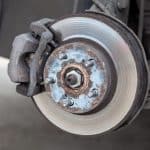
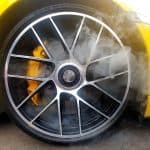
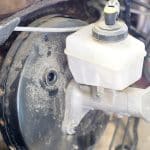
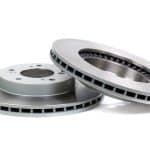
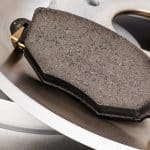
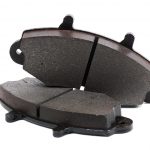
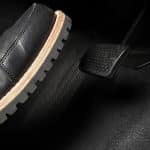
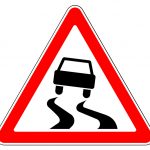
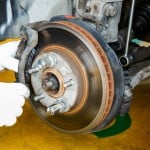
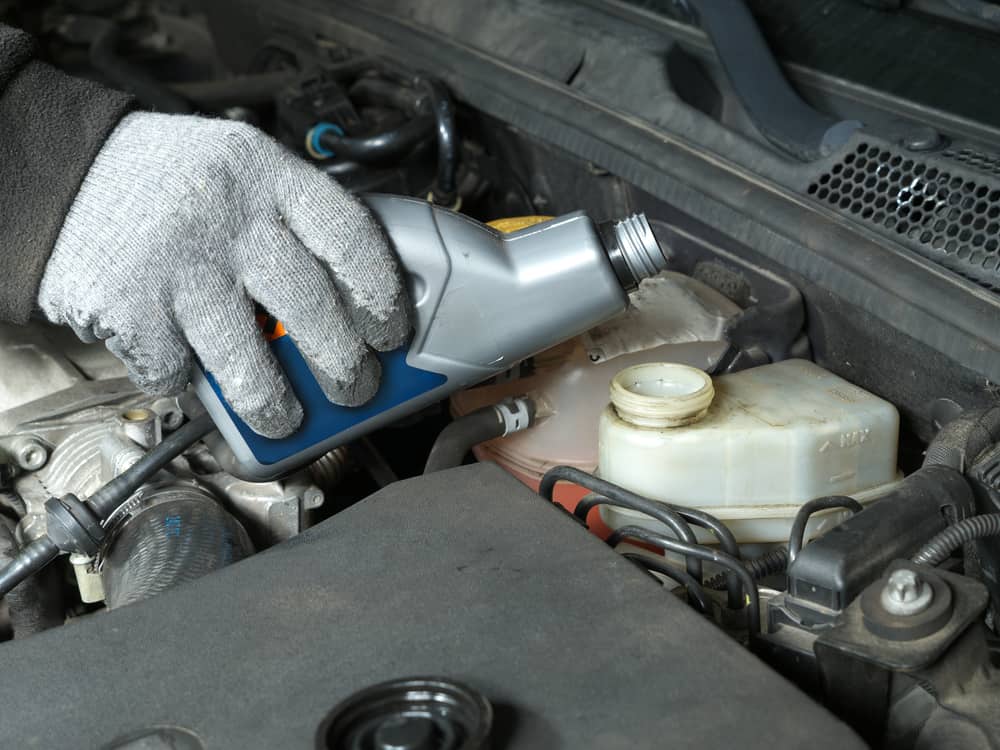

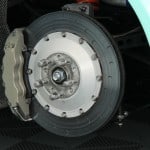
.png)